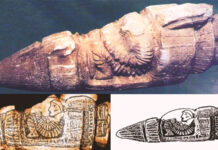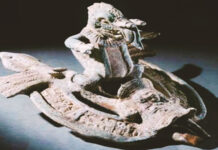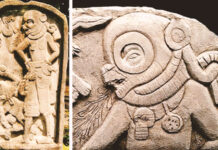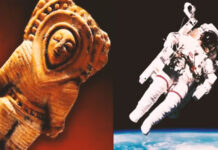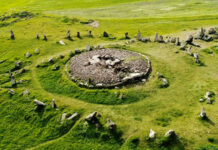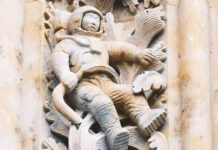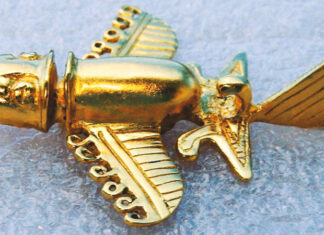We are increasingly surprised to see the knowledge of our ancestors, knowledge they had no way of acquiring at the time, and in this context, the African tribe of the Dogons is one of these paradigms.
The researchers claim that the Dogons’ knowledge of the Star Sirius is thousands of years old and it is believed that the Dogons are ancient descendants of the Greeks, who initially colonized the part of Africa that currently constitutes Libya and then migrated to the southwest to the Bandiagara region of Mali.
The Greek historian Herodoto called them Garamantians, and the elements of the Greek tradition are very similar to the Dogons’ concern for numbers. Moreover, during their stay in Libya, those Greek immigrants could have acquired some knowledge of their neighbors, the ancient Egyptians.
The Dogon people carry a close relationship with the environment, expressed in their sacred rituals and traditions, considered by UNESCO as the best preserved in sub-Saharan Africa, and the population maintains a number of traditions such as festivals, ceremonies and the worship of ancestors.
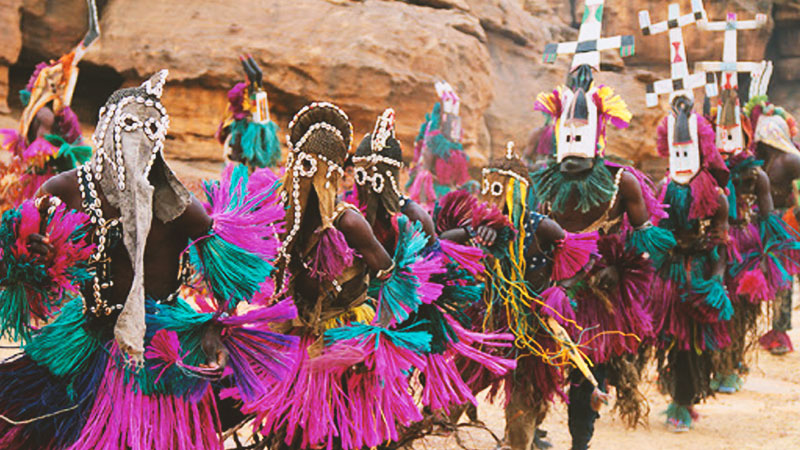
Among the most impressive is the Dance of Masks, a ritual with a high degree of codification, which for the Dogons symbolizes the formation of the world, the organization of the solar system and the cult of deities.
Sirius’s Star System
Sirius comes from the Greek word “Seirios” which literally means “bright”, is the main star of the Constellation of Dog Major and the brightest star in the night sky visible to the naked eye, and can be seen from anywhere on Earth.

Sirius’s star system is one of the closest to Earth, about 8.5 light-years away and is actually composed of two stars called Sirius A and Sirius B. However, Sirius B is so small and so close to Sirius A that, with the naked eye, we can only perceive the binary star system as a single star.
The small star Sírius B was only first observed in 1862 by American astronomer and telescope maker Alva Clark when he looked through the largest telescope of the time and spotted a weak point of light 100,000 times less bright than his companion, the star Sirius A, however, could not photograph the small star until 1970.
The Amazing Astronomical Knowledge of the Dogons
A few decades ago, between 1946 and 1950, two French anthropologists named Marcel Griaule and Germaine Dieterlen studied four African tribes living south of the Sahara desert.
The two scientists lived mainly with the Dogon people and inspired so much confidence that four of their chief priests, called “Hogons”, revealed their most secret traditions to the pair of researchers.
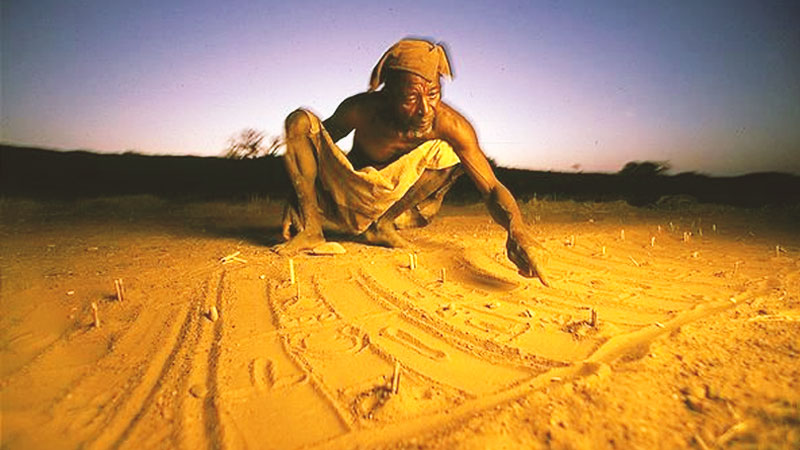
Eventually, Marcel and Germaine gained so much respect and love from the Dogon tribe that when Marcel died in 1956, more than 250,000 Africans from that area were gathered in the final tribute at his funeral in Mali, Africa.
After drawing some unknown patterns and symbols on the dusty soil, the Hogons showed the secret knowledge of the universe that they inherited from their ancestors and that would prove incredibly accurate a few years later.
The focus of her attention was the brightest star, Sirius, and her companion, the white dwarf Sirius B, and they knew she was invisible to the naked eye, as well as were aware of many of her previously unknown characteristics.
The Dogons knew that Sirius B was actually white in color and the smallest component of the star system, they even claimed that, although smaller, it was the heaviest star with a large density and gravitational force. In his words, the star Sírius B was made of a substance that is heavier than all the iron found on Earth, and subsequently scientists discovered that the density of Sírius B is actually so large that one cubic meter of its substance weighs about 20,000 tons.
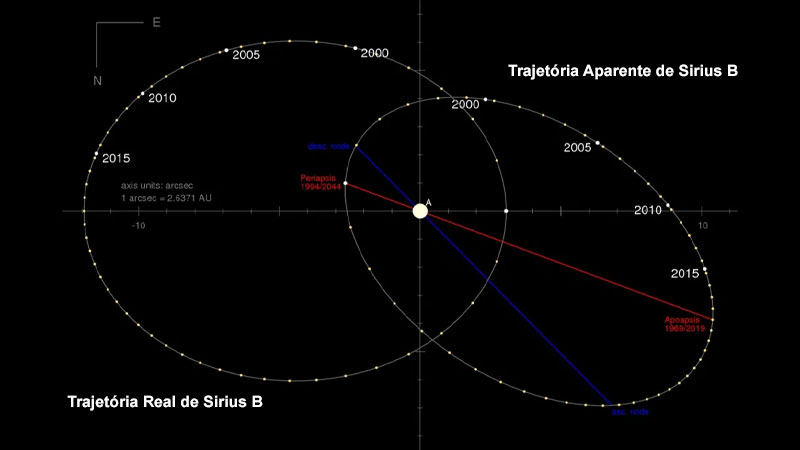
They also said that Sirius B took 50 years to complete a single orbit around Sirius A and that the orbit is not circular, but elliptical, a common truth for the movement of all celestial bodies, and they even knew up to the exact position of Sirius A within the ellipse. This star actually takes 50 years to complete its orbit and in the Dogon culture there is a celebration that takes place just every 50 years, in honor of the “stellar year”.
Their knowledge of the Solar System was no less surprising, they drew the rings of the planet Saturn, which is impossible to detect without the use of a binocular or telescope.
The Dogons also knew jupiter’s four main moons, knew that the planets revolve around the Sun, that the Earth is spherical and is spinning around its own axis, and even more incredible, they knew that our galaxy, the Milky Way, is spiral-shaped, a fact that was not yet known to astronomers at that time.
Extraterrestrial Knowledge
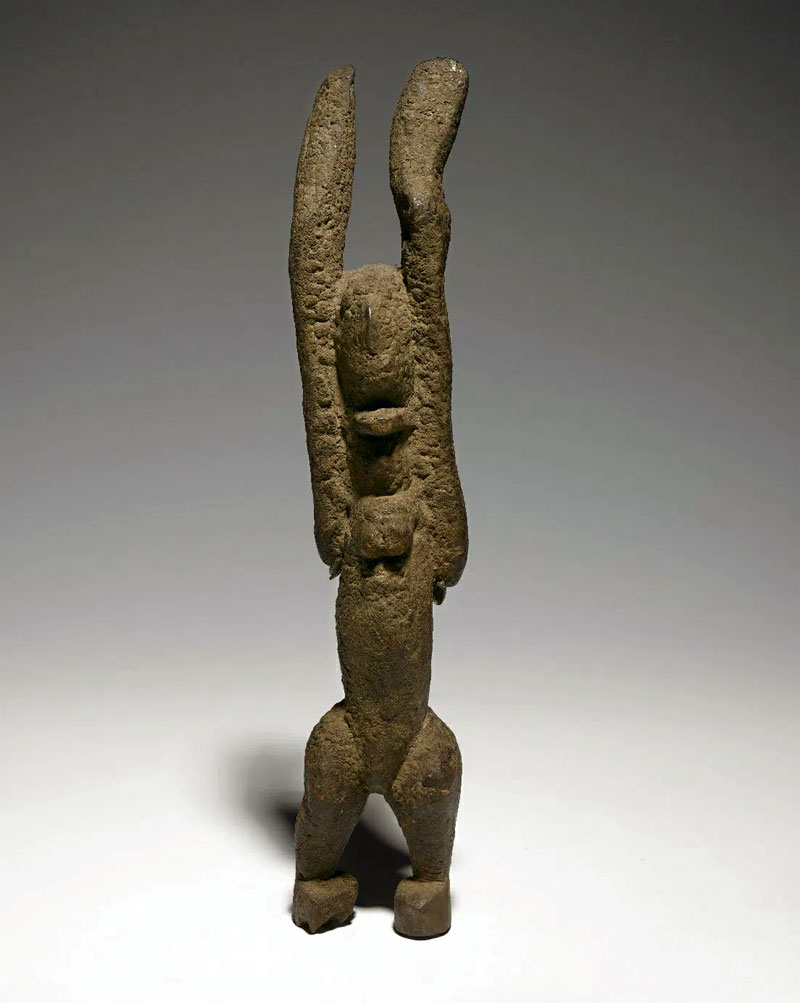
The Dogons also believed that their knowledge was not obtained from this world, according to one of their primitive legends, several thousand years old, the African tribe would have been visited and learned all this astronomical knowledge of a race of amphibian beings called Nommos.
To make things even stranger, rather than believing them as Gods or other kinds of supernatural figures that ancient cultures used to worship, the Tribe of Dogons considers the Nommos as extraterrestrial visitors and the inhabitants of sirius’s star system.
The spiritual figure in the Dogon religion is a dual identity, the Nommo/Nummo, whom they refer to as the “Serpent”, and their skin would be mostly green, but as the chameleon could change color and sometimes the Serpent would have all the colors of the rainbow.
Nommos are also described as amphibian beings or “water spirits”.
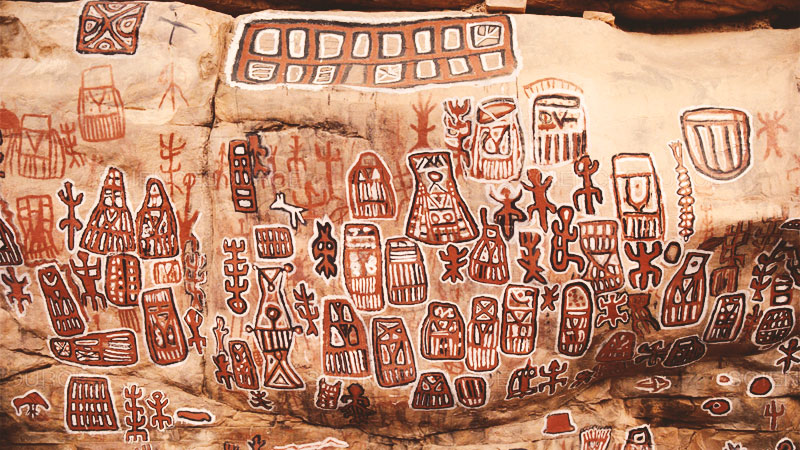
In 1976, renowned American author Robert Temple wrote a book called “The Mystery of Sirius”, arguing that the Dogons possess very precise knowledge of cosmological facts, confirmed only today, thanks to the development of technologies for modern astronomy.
In his book he reports that the Nommos would be extraterrestrial visitors from Sirius, who would have brought astronomical knowledge to the Dogon people. “Or where would all the astronomical knowledge of the Dogon tribe have come from?” argues Temple.


